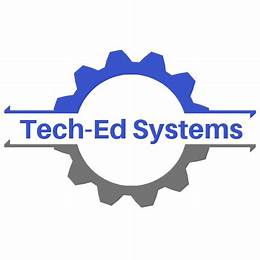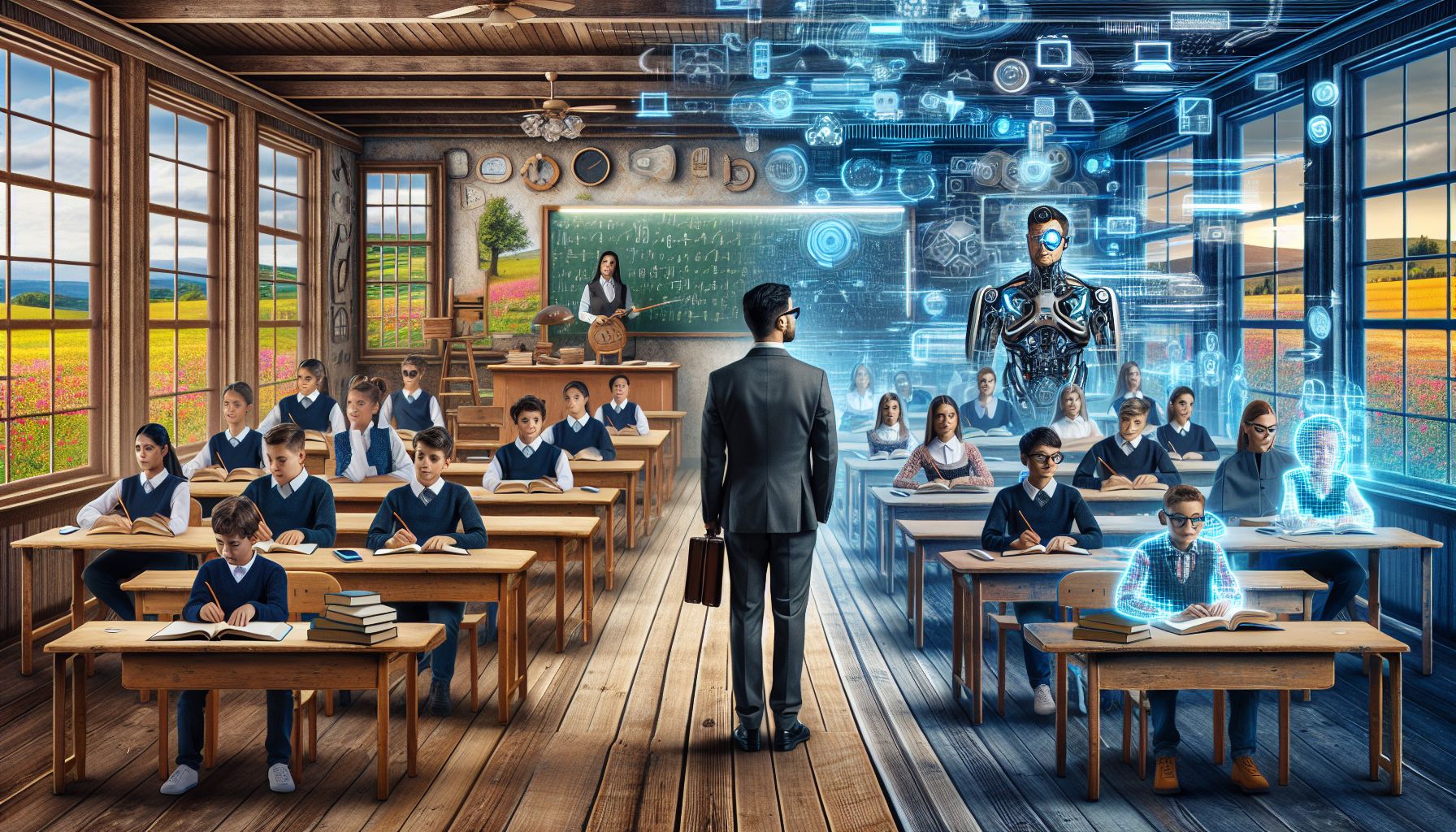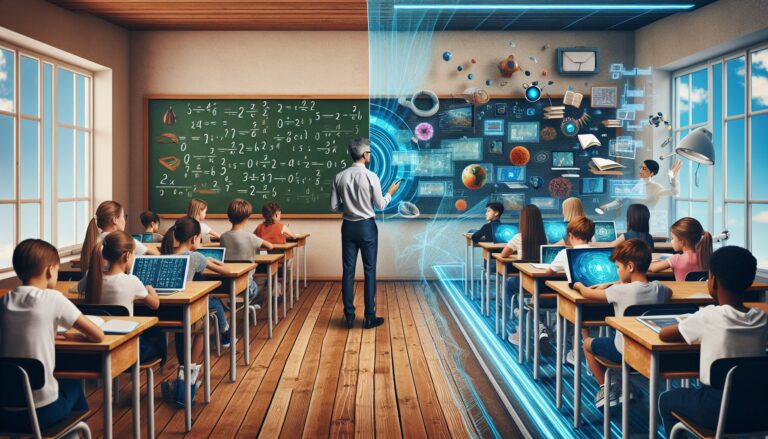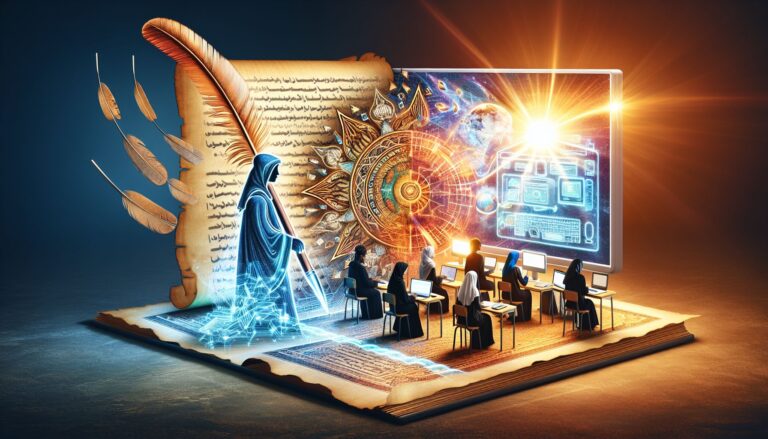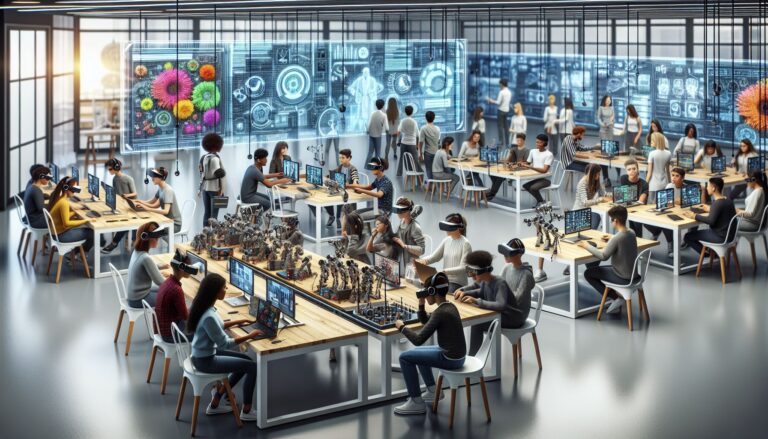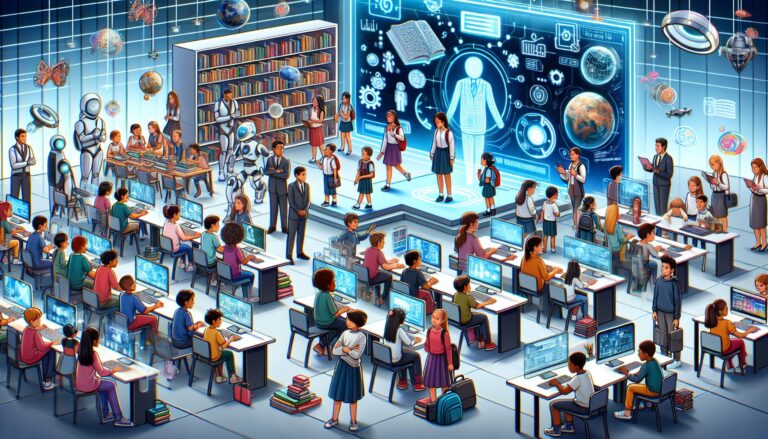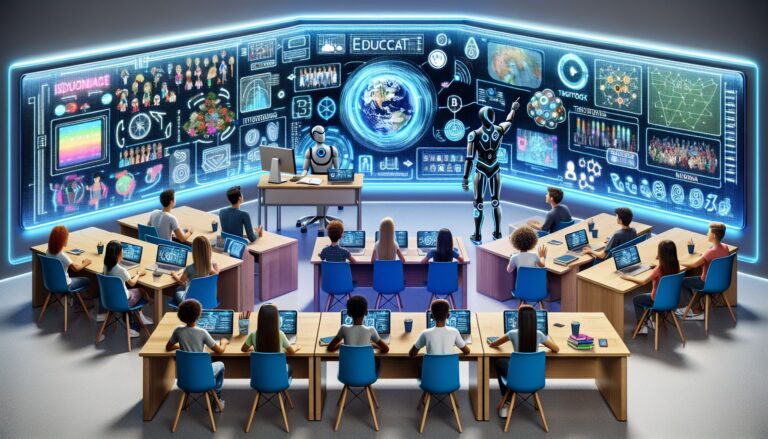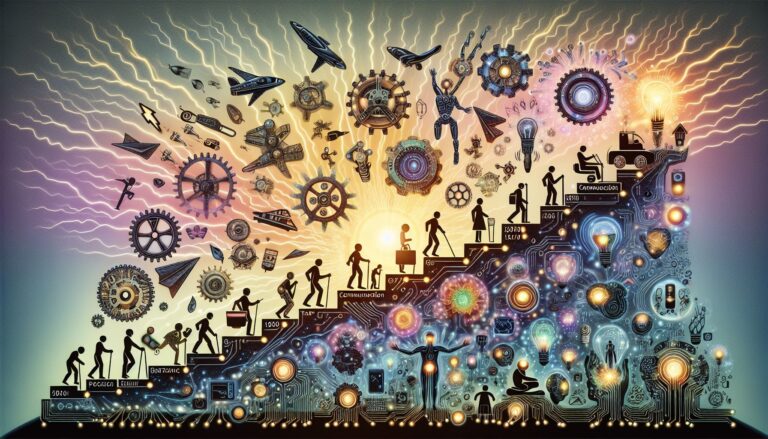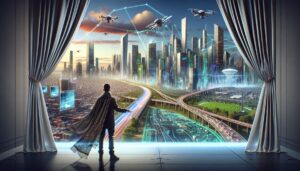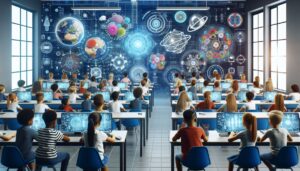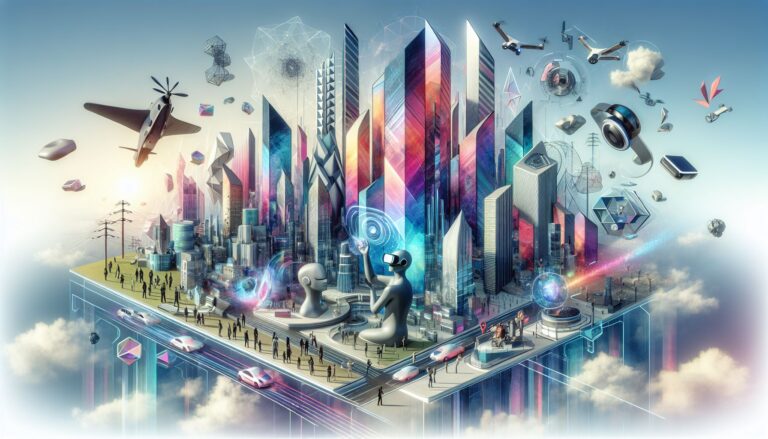In a world where technology evolves at the speed of light, shaping every facet of our lives, it’s intriguing to witness its profound impact on education. What was once the familiar sound of pages flipping and chalk rasping against the blackboard is now often replaced by the soft hum of gadgets and the symphony of interactive multimedia. As the digital wave washes over educational realms, it promises a horizon brimming with untapped potential, yet the journey there is as complex as it is fascinating.
At the heart of this transformation lies a variety of innovative teaching methodologies. The classroom has extended beyond its four walls, learning has slipped the moorings of time, and educators worldwide are harnessing an ever-growing arsenal of tools to captivate and inspire young minds. The introduction of flipped learning, for example, has turned the traditional model on its head: students now explore new content at home via technology, then practice and delve into deeper understanding in class, guided by their teacher.
One cannot overlook the domineering presence of online learning platforms that have democratized education. Knowledge is no longer the exclusive domain of those who can afford it or access it geographically. Platforms like Khan Academy, Coursera, and edX proffer an immense array of topics to curious learners, often at no cost. The scalability of online learning is staggering, allowing millions to educate themselves on subjects ranging from quantum physics to fine arts with just a few clicks.
However, this digital embrace is not without its gripes. The shift to online learning raises questions about the digital divide and reinforces the imperative for equitable access to technology. It also poses challenges in ensuring that the digital curriculum is as robust and effective as guiding a student through a lesson face-to-face. Meanwhile, the potential for distraction is ever-present, asking educators to employ innovative solutions to keep students focused and engaged in increasingly digital learning spaces.
As for teacher-student interactions, the lines are blurring. In the digital age, the teacher’s role has pivoted from the archaic ‘sage on the stage’ to a ‘guide by the side’, facilitating rather than dictating the flow of information. Meanwhile, students, empowered by the wealth of knowledge online, often engage with teachers in more collaborative and conversational ways.
Encapsulating the shift in educational paradigms, we find ourselves stepping into a dynamic environment where the pursuit of knowledge becomes a more personalized and interactive experience. The future of learning might see further integration of augmented and virtual reality, making experiential learning not just a lavish option but a standard. The rise of artificial intelligence and adaptive learning systems could tailor education to individual student needs, optimizing the learning curve.
In envisioning the educational landscape of tomorrow, one imagines a world where learning is immersive and boundless, where students from diverse backgrounds share virtual classrooms, and where technology stretches the limits of our curiosity. Education is at the cusp of a renaissance, a formidable fusion of tradition and innovation, promising to unfold human potential like never before.
As we continue to navigate this digital metamorphosis of education, we hold the responsibility to mold it with wisdom, inclusivity, and foresight. It isn’t just about keeping pace with change; it’s about shaping the creators, innovators, and thinkers who will propel humanity forward in the uncharted epochs that lie ahead.
